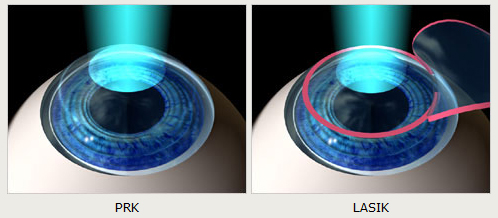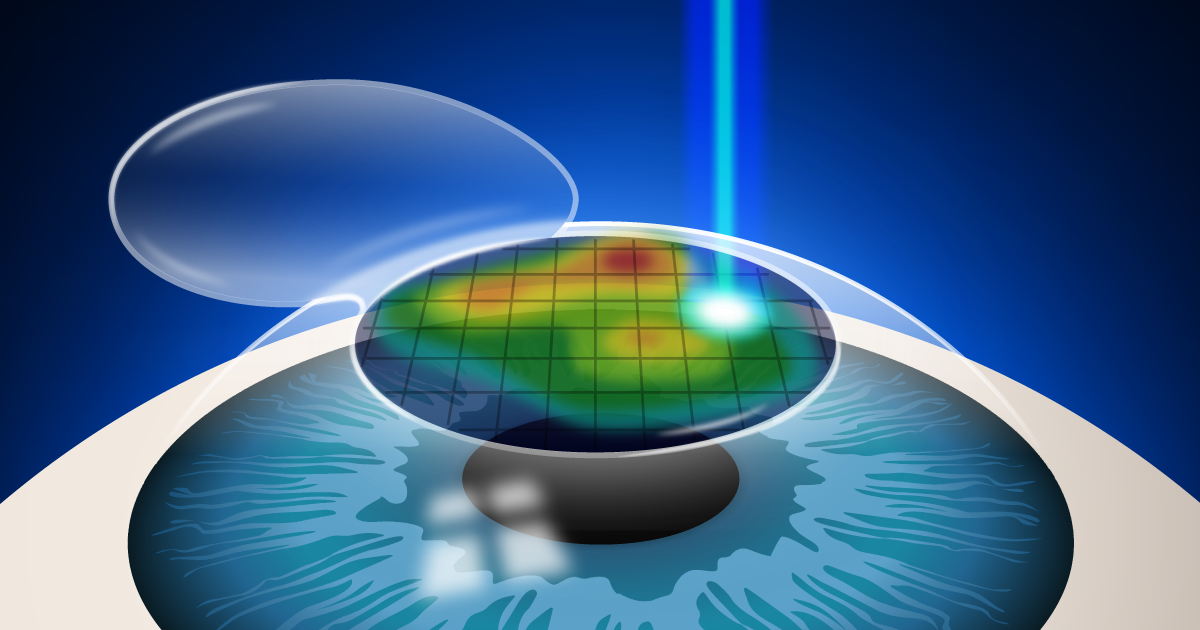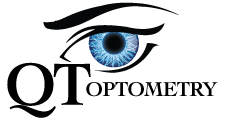
What is PRK?
PRK (Photorefractive Keratectomy) is an effective procedure (oftentimes seen as an alternative to LASIK). PRK offers the same vision correction as LASIK, but differs in its approach to preparing the surface of the cornea.
Are There Any Side Effects?
This depends on the patient. Some people experience dry eye after LASIK, which usually disappears over time. Others may experience starbursts or halos around lights, especially at night. In a small number of people (probably less than 1 percent), their vision worsens rather than improves.
How Long Will It Last?
After PRK/LASIK, your distance vision is fairly permanent. Eventually, you will need reading glasses because of normal changes through the years. PRK/LASIK does not change this dynamic.

What is LASIK?
LASIK (Laser Assisted in Situ Keratomileusis) is a painless, surgical procedure that uses a laser to correct refractive errors such as myopia (nearsightedness), hyperopia (farsightedness), and astigmatism. Refractive errors affect the eye’s ability to focus light and can occur when the cornea is misshapen.
How Long Does LASIK Take?
The entire LASIK procedure lasts for about 15-20 minutes per eye. The laser treatment itself, however, usually takes less than a minute.
Will LASIK Be Painful?
Majority of people does not feel any pain with their LASIK surgery. During the pre-operative care and evaluation, you may be given a mild sedative to help you relax. Anesthetic drops are used to numb the eye before the procedure begins. During the procedure, you may feel some pressure sensation around the eye. After your procedure, you may feel a bit irritated for a few hours and the majority are comfortable after a short nap.

What is Wavefront LASIK?
Custom wavefront LASIK, also known as “custom LASIK” or “wavefront LASIK,” truly does add a greater degree of precision AND personalization to LASIK surgery by using advanced wavefront technology, to evaluate and to assess the unique characteristics of your eyes. Traditional LASIK surgery mitigates the vision correction that your eyeglass prescription provides. However, eyeglass prescriptions are not truly unique — thousands, even millions, of people may have the same eyeglass prescription. Custom LASIK, on the other hand, uses a lot more detailed information about your eyes than a conventional eyeglasses prescription, to program and to execute the excimer laser that will ultimately reshape your eye during the vision correction procedure. The wavefront technology used for custom LASIK makes the procedure far superior to a conventional LASIK procedure in two ways:
- Custom wavefront LASIK is much more precise. Actually, it’s 25 times more precise than lens powers used in an eyeglasses prescription.
- Custom wavefront LASIK is more specific. Custom LASIK uses wavefront technology to reduce higher-order aberrations for sharper vision, especially at night time.


